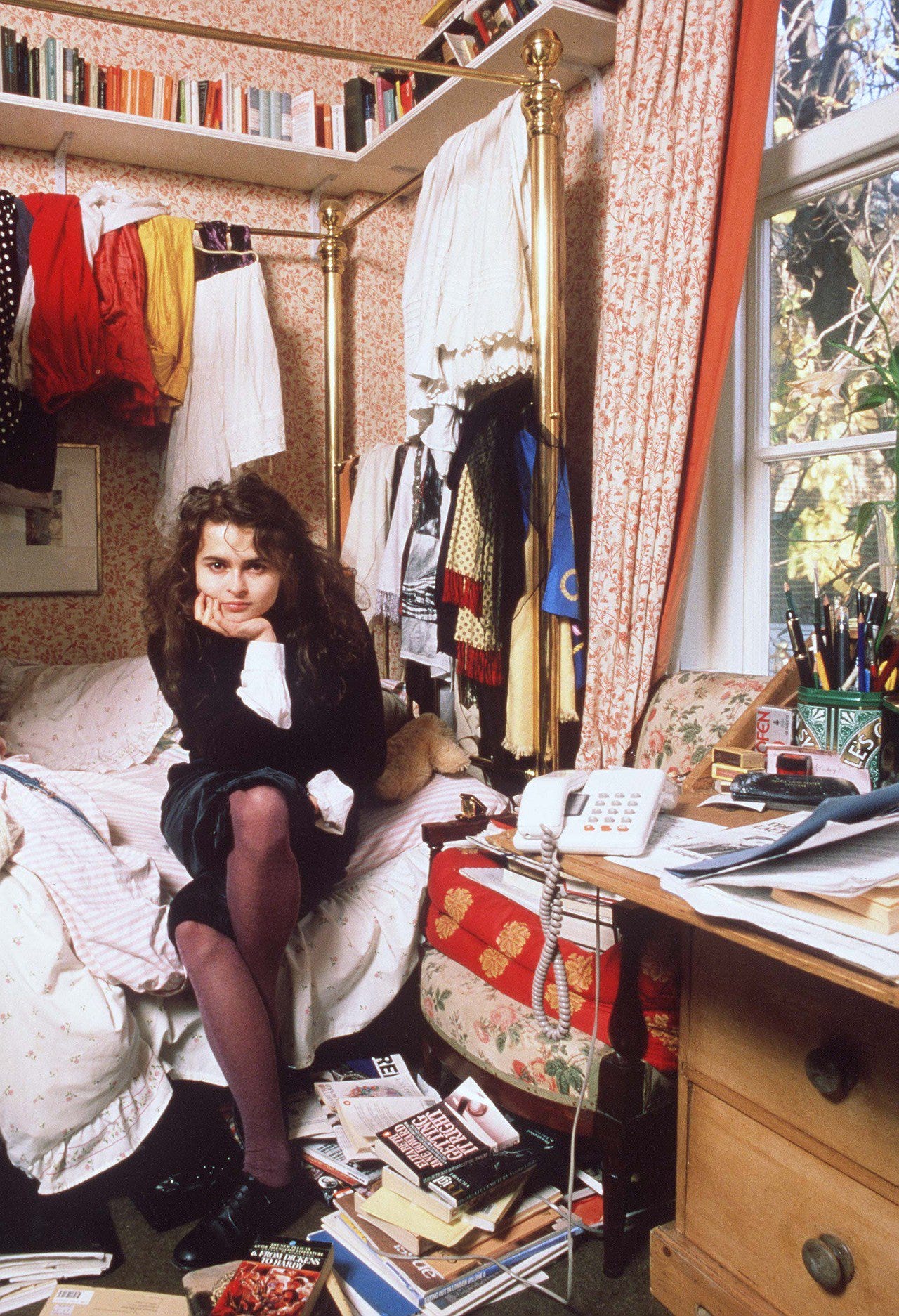There are two dueling aesthetics that have been on the rise over the past several years. In some ways they echo the classic battle between maximalism and minimalism that happened in the 1990s (as in Versace vs. Helmut Lang), and in other ways one can see them aligning with present-day philosophies of life— or even political categories. Allow me to explain.
I’ve noticed a certain visual universe come to prominence. For now I’ll call it the New Minimalism. It can be seen frequently online, in liberal-dominated spaces like LinkedIn and the women’s financial site Ellevest. Observe:
The New Minimalism is characterized by bulky, gender-neutral stock figures. Black people are conspicuously featured to the point of fetishization. There is very little expression of classic femininity. Colors are muted, pastel, or “earthy.” All of the furniture looks like it is from West Elm. All of the couches and chairs have angled mid-century legs.
There is no chaos. There is no messiness, and nothing is out of place. This is the world of KonMari— of retaining nothing that does not “spark joy.” It corresponds to a therapeutic, New Age mentality that encourages people to “let go of what doesn’t serve them” and cut out people that bring anything other than “good vibes only.”
This world seems calm. It seems peaceful. But it is inherently cruel. And for some reason, it is replete with cacti and succulents.
On the high end, this aesthetic corresponds to the new direction at Bottega Veneta, a brand that has been revitalized by English designer Daniel Lee. It belongs to a world of power that is white-collar and distinctly millennial. It eliminates anything that may be unseemly, the same way one mutes another person on social media. It is my belief that this specific minimalism belongs to the New Left— a cohort that is ostentatiously socially conscious, but still resolutely corporate.
Conversely, in times of conservative rule a kind of maximalism seems to emerge. This does not mean that people who favor a maximalist aesthetic agree with right-of-center thinking. But there may be a connection between the traditionally conservative view of humanity as flawed— inherently messy, and never perfectible— and the allowance of patterns that clash, rooms that are full of memories, even a kind of pleasurable bad taste.
There’s a picture of Helena Bonham Carter that has always inspired me. It reminds me of my own girlhood, when I used to lie in bed reading books, never cleaning my room, never throwing anything away. It was taken during the era of Margaret Thatcher and Ronald Reagan. To me it represents the antithesis of the modern-purity worldview, the idea that you are just one jettisoned item away from spiritual bliss. The notion that spaces— and people— can be ultimately sanctified and emptied of anything objectionable appears unmistakably liberal.
I remember visiting the city some months after Trump had been elected. My intention was to go to the Gucci store, since I was a big fan of then-new Creative Director Alessandro Michele and wanted to see his designs in the flesh. I was surprised to find that the brand’s flagship is actually inside Trump Tower. At first it seemed incongruous, but I came to see the juxtaposition as a kind of symbiotic poetry. Michele himself is progressive and has championed racial justice efforts, animal rights, and all-gender-inclusive runway shows. But there is a kind of respect for the past and reverence for historicism in his creations, as well as a hyper-ambitious flash and glitz that did not seem out of place in that right-of-center setting.
Are you a maximalist or a minimalist? And does it correspond to your politics?










